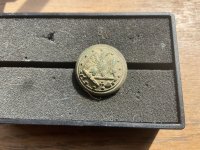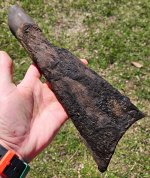Bodfish Mike
Hero Member
- Dec 12, 2014
- 503
- 1,365
- Detector(s) used
-
Garrett , Whites
keene puffer drywasher , Keene A51 Sluice
- Primary Interest:
- Other
Is there a way to see if a claim owner has filed Proof of discovery.
Would that show up on the LR2000 ? -- or the county recorder's office ? -- or ?
Would that show up on the LR2000 ? -- or the county recorder's office ? -- or ?
Upvote
0






